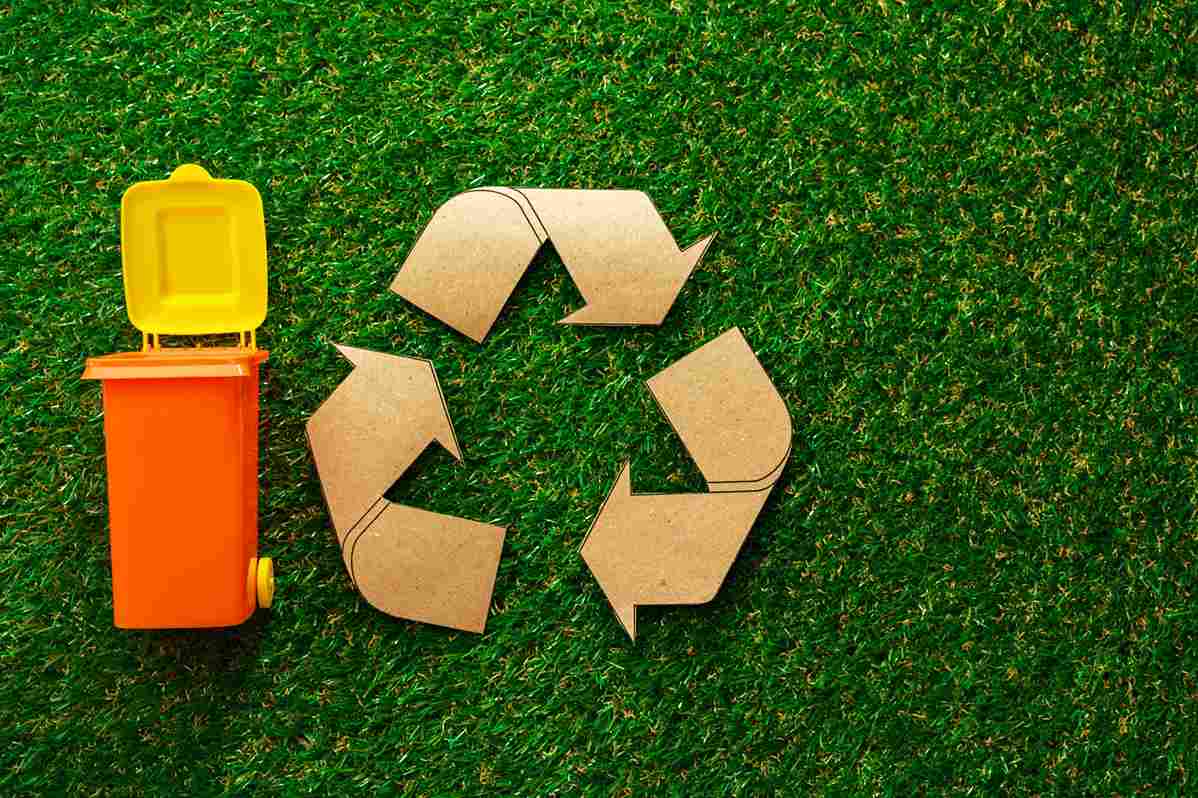With the world’s population ever-growing and the amount of food waste produced each year increasing, it’s more important than ever to find ways to reduce food packaging waste. There are many different ways to do this, from simply recycling food packaging to composting or reusing it.
The environment has been dominated by food packaging waste. Plastics have taken over the oceans, and landfills are full of plastic. Single-use plastics and packaging make working in the food industry easier, but they also harm the environment.
Food packaging materials include plastics, paper, cardboard, and styrofoam. Some of these materials are recyclable or can be reused, as with those cardboard bowls turned into plant pots. However, the majority of municipal solid waste is still trash. This is likely why about half the municipal solid waste is food packaging.
In this blog post, we’ll explore some of the different ways you can reduce food packaging waste.
The Impact of food packaging waste on the environment
The majority of trash from food packaging ends up in landfills and oceans. These materials are often not recyclable and can remain in the environment for many years. Animals often misinterpret plastics and food packaging on land and at sea. It can lead to injury or death if they ingest it or get stuck in it.
You’ll also save money by purchasing food products without packaging. Packaging comes with a cost. Even though the cost may not seem significant at first, it can add up over time.
The carbon footprint of food packaging harms the environment. The carbon footprint of food packaging is a result of how much energy it takes to produce a product. This is enough to make you want to live a more eco-friendly life.
Here are some tips to help reduce food packaging waste.
1. Keep your own reusable items
Reusable items are a great way to reduce food packaging waste. People carry water bottles with them all the time. Most places have water fountains or refill stations.
A cloth grocery bag is another essential item to reduce waste. They can be reused repeatedly, so you don’t have to throw away any plastic bags. They are also more durable and less likely to break during grocery shopping trips.
You can also carry reusable straws and coffee cups. These items are useful for grocery shopping, as well as utensils. You can buy the most used items and then just replace them with reusable ones.
2. Buy Items with Little Packaging
Although finding all the food items you need can be difficult, some shops sell products you can put in your own containers. Most produce, such as fruits and vegetables, isn’t packaged. You can either bring reusable produce bags or go with no bags.
If you find a product that is recyclable, biodegradable, or non-recyclable, buy it. Peanut butter, juice, and other products can be purchased in glass jars and cardboard boxes. Avoid plastics and Styrofoam wherever possible.
3. Buying In Bulk
You can reduce the number of items on your paper receipt while also reducing packaging by buying in bulk. Instead of buying a bunch of juice boxes or juice bottles, opt for one large container. You’ll also save money by purchasing one large juice container. The price per unit is lower.
This is true for all other products that aren’t juice. Although purchasing bulk may not be convenient, it dramatically reduces food packaging.
You can also buy less bulk if buying in bulk is not for you. Many people buy more food than they need. This is why food and packaging end up in landfills before they can use them.
4. Do recycling
Recycling food packaging is a very simple way to reduce environmental waste. You can recycle glass, paper, aluminum, and certain plastics. Look for the recycle symbol to ensure that your package can be recycled.
These items can be properly disposed of to save time and effort. You can find the answer online or call your local recycling center if unsure.
5. Composting can be good
You can’t compost plastic packaging, but you can compost the food in it. Food waste is just as harmful to the environment and landfills as its packaging. You can either compost your food scraps or give them to a local gardener. It is a great fertilizer and eliminates a lot of waste.
Food packaging is important for food storage and transportation. It also protects our food from bacteria and other harmful substances. Although food packaging is useful, it also adds to landfills and the environment. These five different ways to reduce food packaging waste will help you take steps to reduce your impact on the earth. This is important as we strive to be sustainable and environmentally friendly.





